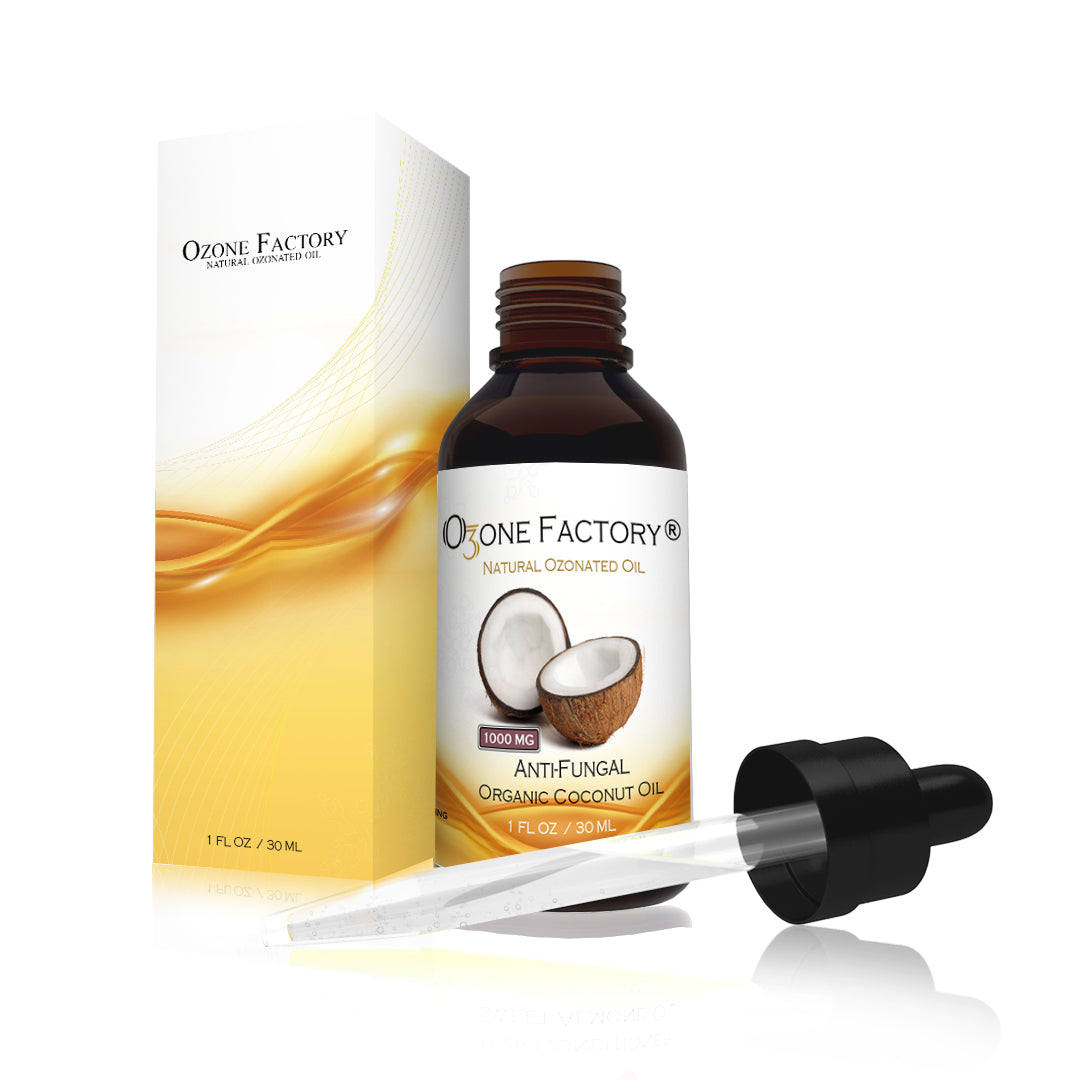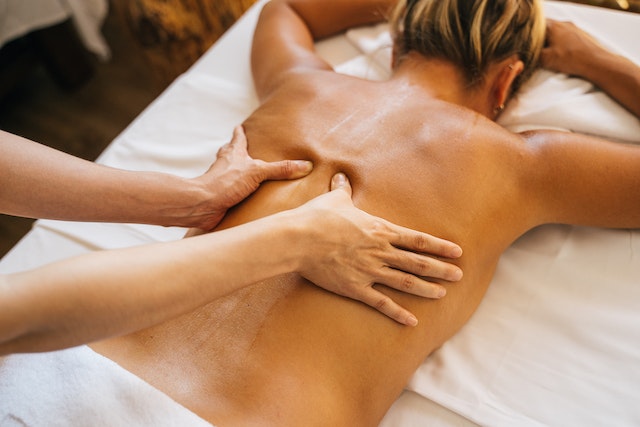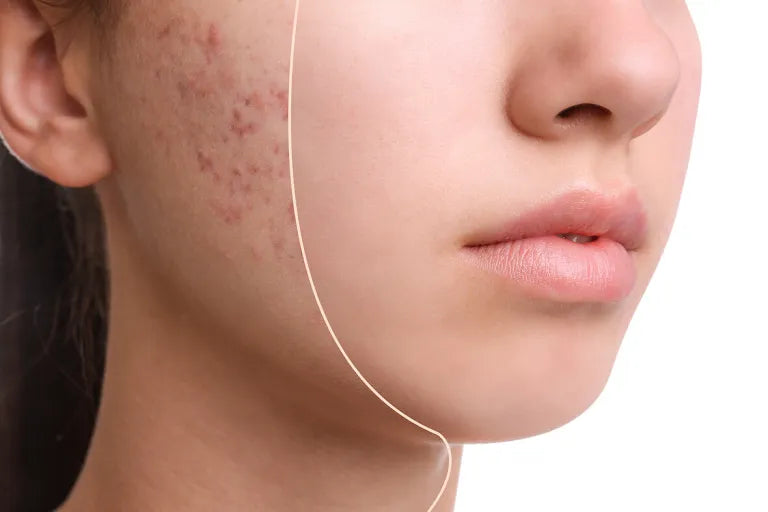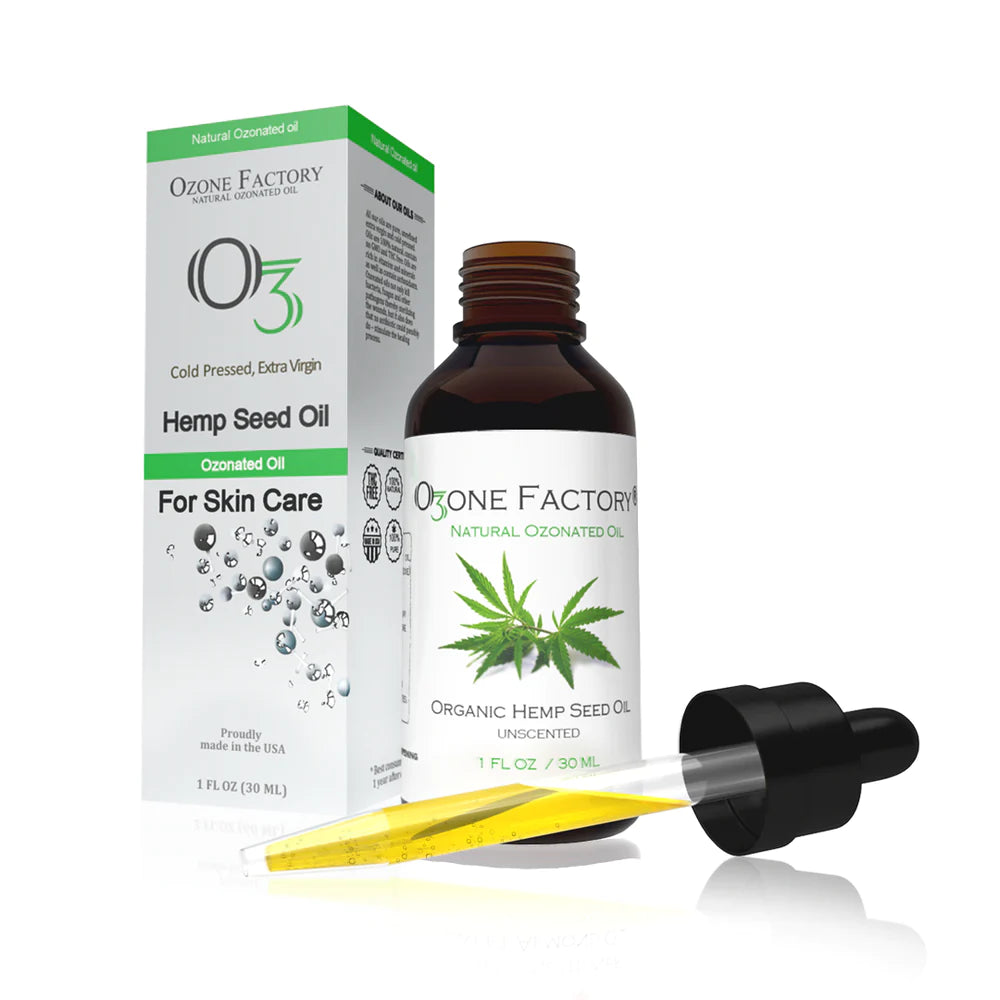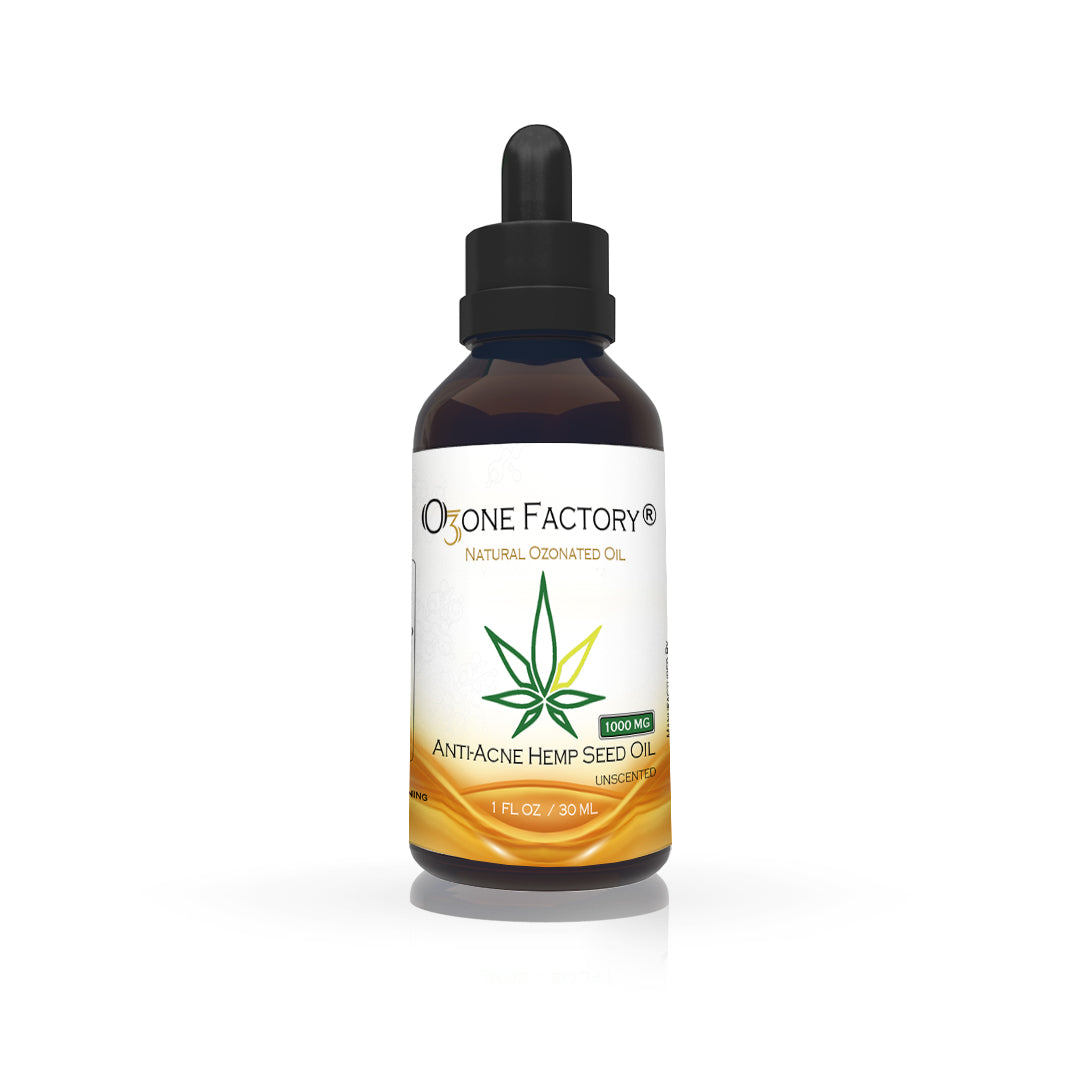
Calluses are thick, hardened layers of skin that develop when your skin tries to protect itself against friction and pressure. They most often develop on the feet and toes or hands and fingers.
If you're healthy, you need treatment for calluses only if they cause discomfort. For most people, simply eliminating the source of friction or pressure make calluses disappear.
If you have diabetes or another condition that causes poor blood flow to your feet, you're at greater risk of complications from calluses. Seek your doctor's advice on proper care for calluses if you have such a condition.

You may have a corn or a callus if you notice:
- A thick, rough area of skin
- A hardened, raised bump
- Tenderness or pain under your skin
- Flaky, dry or waxy skin
Corns and calluses are not the same thing.
- Corns are smaller than calluses and have a hard center surrounded by inflamed skin. Corns tend to develop on parts of your feet that don't bear weight, such as the tops and sides of your toes and even between your toes. They can also be found in weight-bearing areas. Corns can be painful when pressed.
- Calluses are rarely painful. They usually develop on the soles of your feet, especially under the heels or balls, on your palms, or on your knees. Calluses vary in size and shape and are often larger than corns.
When to see a doctor
If a corn or callus becomes very painful or inflamed, see your doctor. If you have diabetes or poor blood flow, call your doctor before self-treating a corn or callus because even a minor injury to your foot can lead to an infected open sore (ulcer).

Causes
Pressure and friction from repetitive actions cause corns and calluses to develop and grow. Some sources of this pressure and friction include:
- Wearing ill-fitting shoes. Tight shoes and high heels can compress areas of your feet. When footwear is too loose, your foot may repeatedly slide and rub against the shoe. Your foot may also rub against a seam or stitch inside the shoe.
- Skipping socks. Wearing shoes and sandals without socks can cause friction on your feet. Socks that don't fit properly also can be a problem.
- Playing instruments or using hand tools. Calluses on your hands may result from the repeated pressure of playing instruments, using hand tools or even writing.
Risk factors
These factors may increase your risk of corns and calluses:
- Bunions. A bunion is an abnormal, bony bump that forms on the joint at the base of your big toe.
- Hammertoe. A hammertoe is a deformity in which your toe curls like a claw.
- Other foot deformities. Certain conditions, such as a bone spur, can cause constant rubbing inside your shoe.
- Not protecting your hands. Using hand tools without wearing gloves exposes your skin to excessive friction
How to Treat Calluses
Use an Apple Cider Vinegar and an Ozonated Olive Oil
Soak a cotton ball in the apple cider vinegar and apply it on your calluses directly. Then, cover it with a bandage overnight. Take away the bandage the next morning and remove the cotton ball.
Next, scrub the callused area using a pumice stone. You can then apply a little amount of ozonated olive oil to the area in order to provide moisture to it.
Do this once a day and you’ll see it healing eventually. This treatment method is effective since it’s natural and you do not have to buy expensive medicines and ointments at the drugstore.
Apple cider vinegar is known to be effective in treating calluses both on hands and on feet because of its acidic nature that has the ability to soften the affected area.

Use a Coconut Ozonated Oil
Coconut Ozonated Oil is another treatment method for calluses that is natural and really effective. It helps soften the area. When you do this treatment, combine the Coconut Ozonated Oil with an apple cider vinegar and heat the combination to make the solution warm. Apply the combination on your calluses and wait for about ten to fifteen minutes.
Next, take a warm water and wash the affected area. You can then make use of your pumice stone and start removing the skin cells that are already dead.
Do this method at least twice or thrice a day.



